Vintage Pictures Of The Most Significant Moments In 1961
Oftentimes, the beginning of a decade tends to be very similar to the feel of the last one and the 1960s were no exception. While it wouldn’t take long for the decade to show how uniquely beautiful and terrible it could be, those who suddenly time travelled to its earliest years could be forgiven for thinking they went back to the ’50s.
Still, that doesn’t mean they were years when everyone was waiting for something to happen. Every year is loaded with change but the changes 1961 saw were a little more subtle. And we’re about to see what a period of change it was.
A Landmark Changing Of The Guard
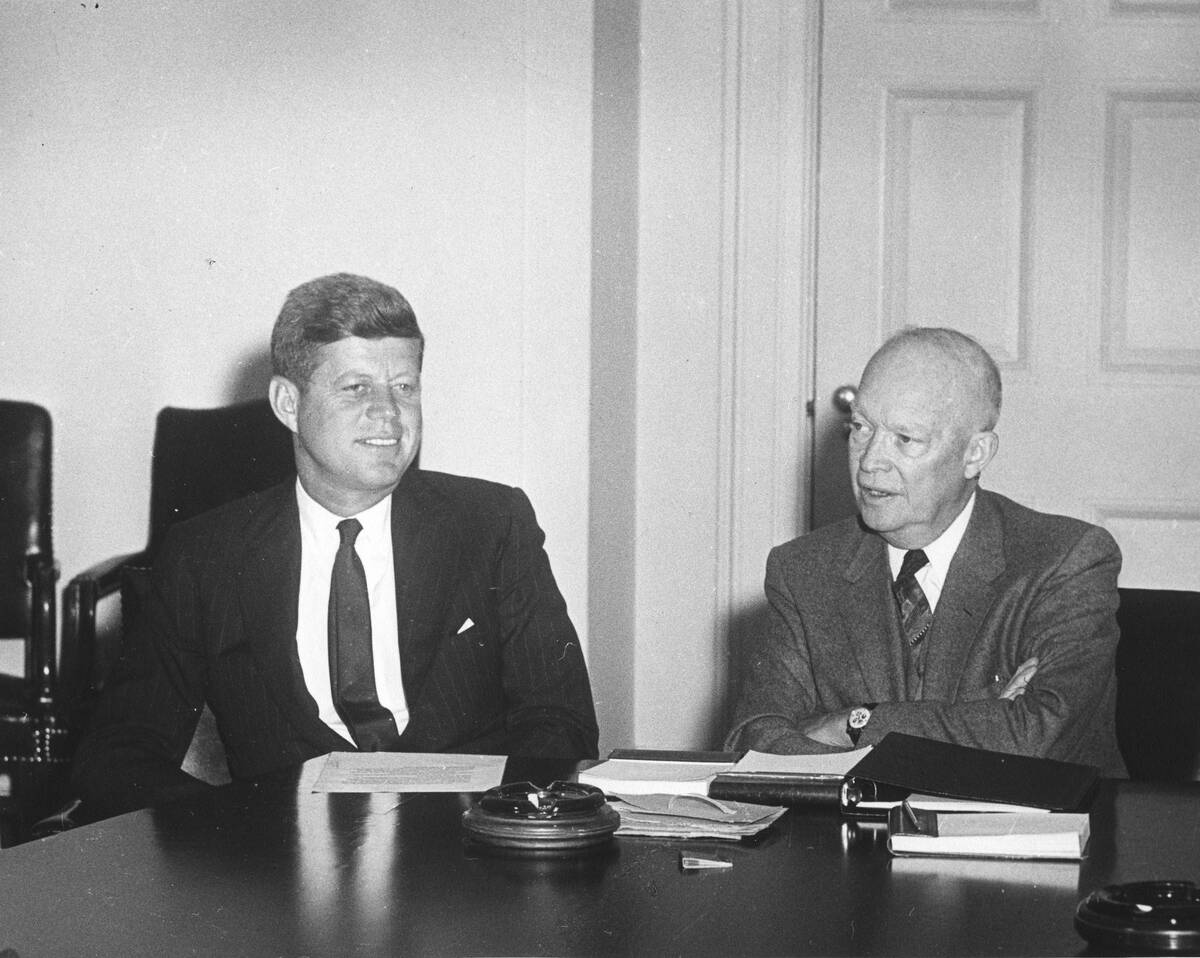
As is custom, this photo captures President-elect John F. Kennedy meeting with outgoing President Dwight D. Eisenhower on the day before his inauguration. In the lead-up to this peaceful transition of power, Eisenhower had strong concerns of the future of the country.
However, that wasn’t because Kennedy was about to take office. Instead, he spent his final address on January 17 warning the American public about the consolidated power and influence of the military-industrial complex. Indeed, this institution’s influence over American society would show itself in some destructive ways before the decade was even out.
Barbie No Longer Stood Alone
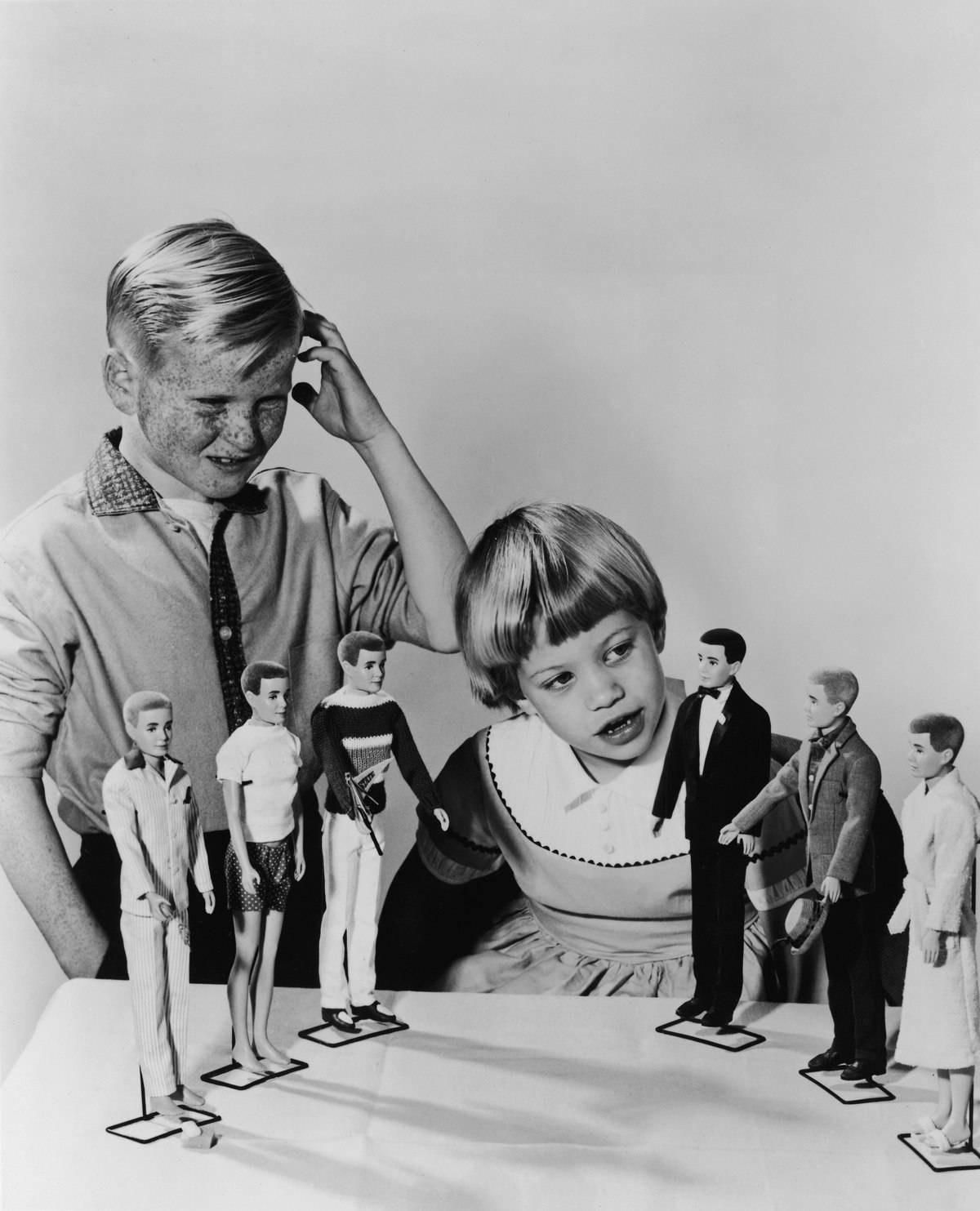
By 1961, Barbie dolls had only been on the market for about two years. However, it was already clear what a red-hot phenomenon the doll was for young girls nationwide and that meant it was time to expand the product line.
As shown here, Mattel’s idea to do this involved giving Barbie a boyfriend named Ken. It may seem like they had always been together but the fact is that Barbie had at least a year to herself before Ken was even an idea. Both dolls would change a lot over the years and see their respective friend groups grow as the dolls became more popular over time.
Nuclear Disaster Was Narrowly Averted Twice
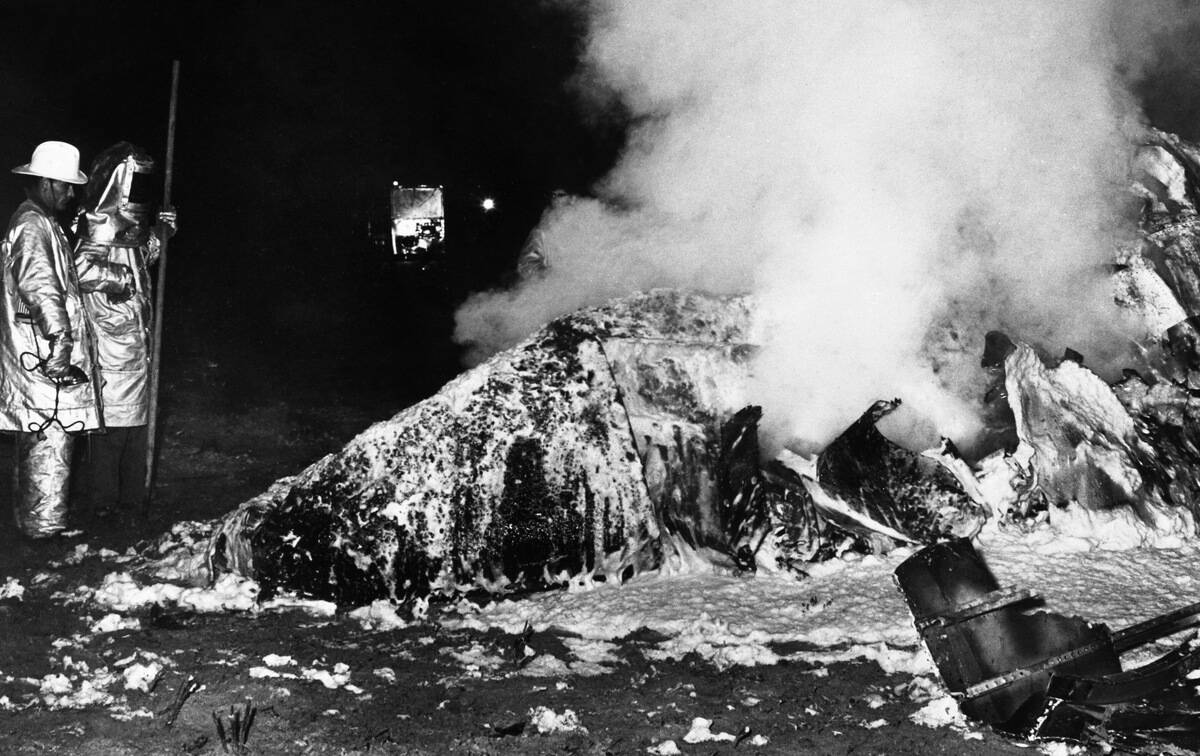
Although the Cold War was certainly is full swing by the early ’60s and both the U.S. and the U.S.S.R were rapidly building their nuclear stockpiles, the two nations wouldn’t truly face off until the following year. Yet, while the Cuban Missile Crisis may have been the biggest nuclear close call the world has seen, it wasn’t the first one.
Indeed, 1961 would see America face two nuclear incidents that were just a hair away from becoming catastrophic. Although this B-52 crash near Goldsboro, North Carolina, was the closest call that year because one of the nuclear weapons aboard managed to arm itself during the crash, another B-52 crash near Yuba City, California, also had two unexploded nuclear weapons aboard.
The Soviets Gain A Major Advantage In The Space Race
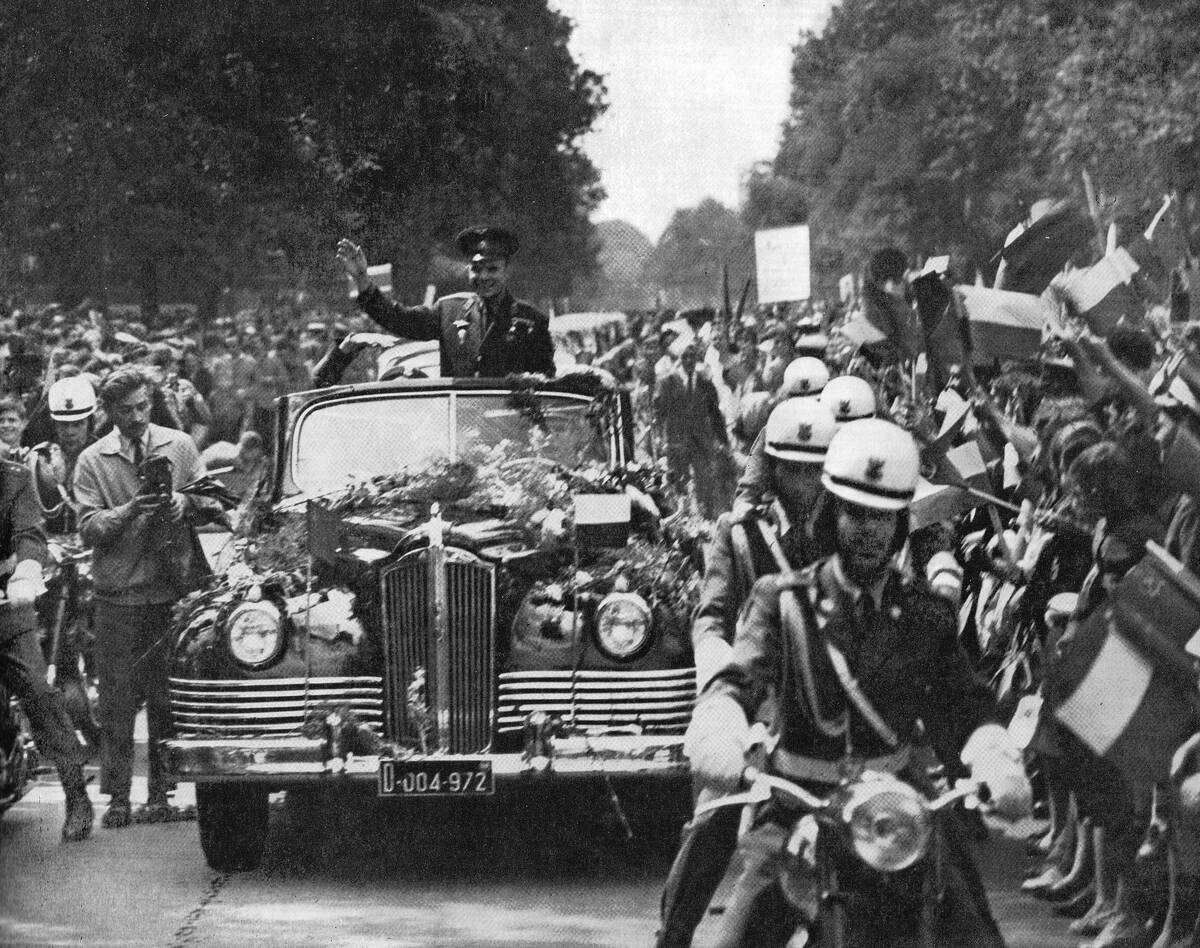
This photo depicts Soviet cosmonaut Yuri Gargarin following his triumphant return from a mission that saw him enter the annals of history as the first man to venture into space. Following a complete orbit of the Moon in 1961, Gargarin safely parachuted back to Earth and was celebrated by adoring crowds like this one in Warsaw, Poland, upon returning.
Although the advantage in the space race he provided and the discoveries he reported made him a hero of the Soviet Union, it’s worth noting that those in the West were just as welcoming to Gargarin during international visits. Although he did describe the brilliant light blue of the world, there’s no evidence he ever actually said, “I don’t see any god up here.”
“Camelot” Hits The Ground Running
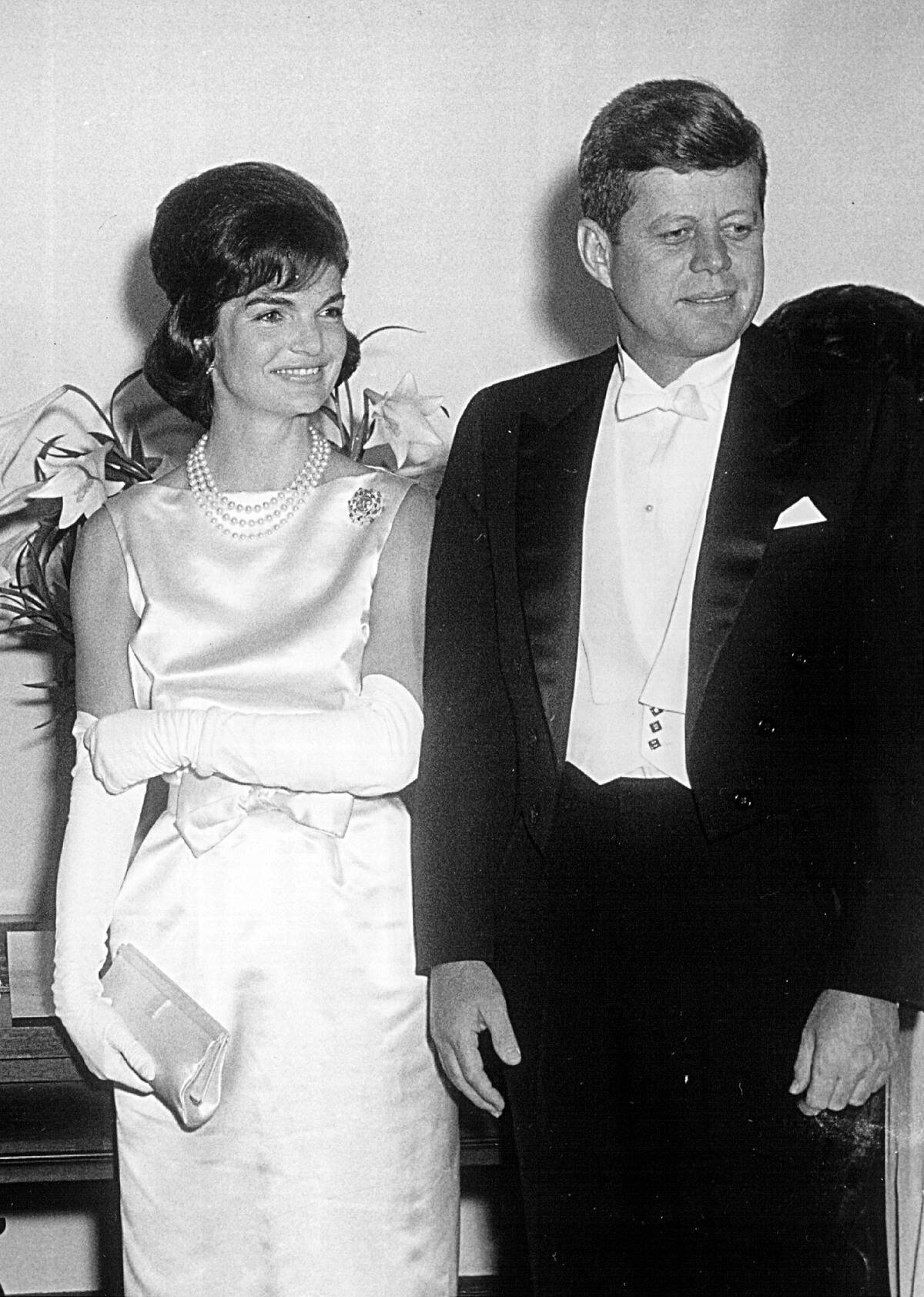
At the time of President Kennedy’s inauguration, he was the youngest president in the nation’s history and was considered the most handsome of them to boot. Considering also the graceful beauty of First Lady Jacqueline Kennedy, the couple presented an idyllic view of a new age of for America.
Although history would show that the reality was far more complicated behind the scenes, this “Camelot” perception made the Kennedys widely beloved. Considering that Kennedy established the Peace Corps and proposed going to the moon months after assuming the presidency, it was clear how lofty his ambitions were, which only added to the excitement.
The Cicil Rights Movement Was In Full Swing
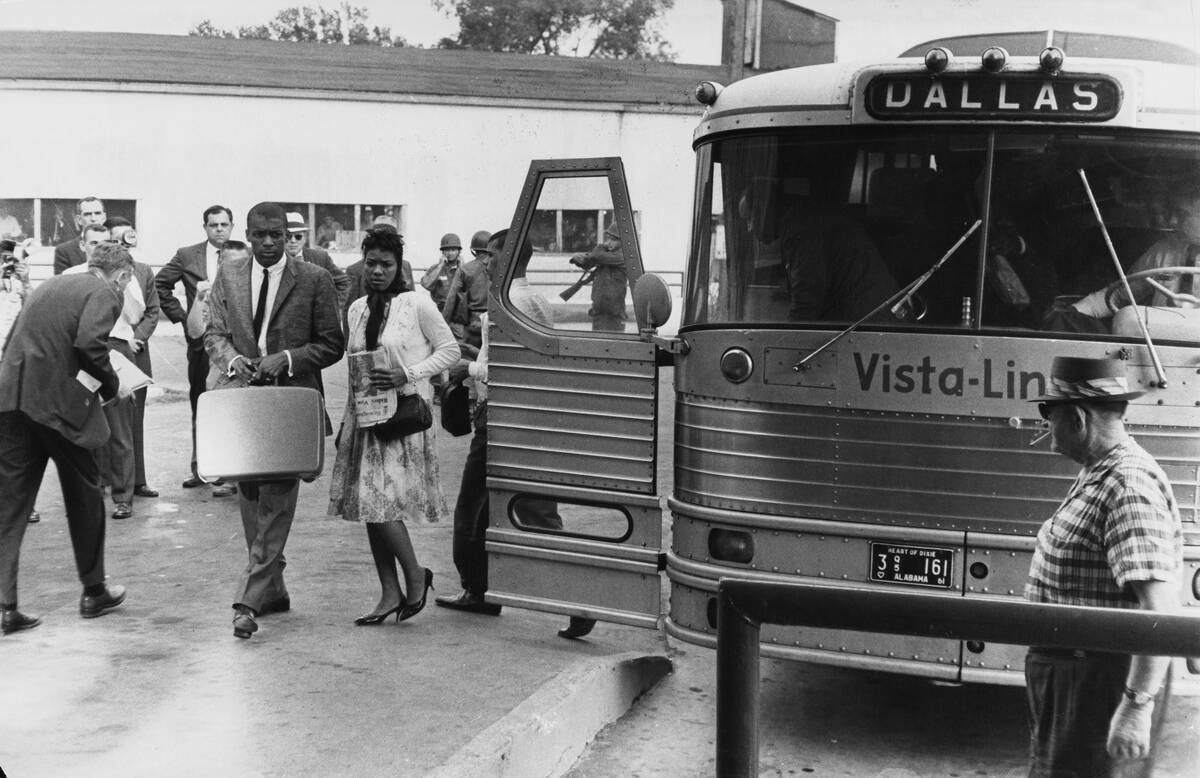
Although the Civil Rights Movement to desegregate the American South and improve social and political conditions for Black Americans nationwide was one of the most defining chapters of the 1960s, it had been gaining momentum since 1954. After all, Rosa Parks’s famous arrest and the famous Montgomery Bus Boycott all occurred in the mid-50s.
Nonetheless, it’s fair to say that activists were starting to become more ambitious in the ’60s. For instance, he we see a multi-racial coalition of activists known as the Freedom Riders, who were embarked on a daring mission to treat every “Whites only” bus station from Montgomery, Alabama, to Jackson, Mississippi, as if it was integrated.
An American Icon Resurfaces To An Adoring Public
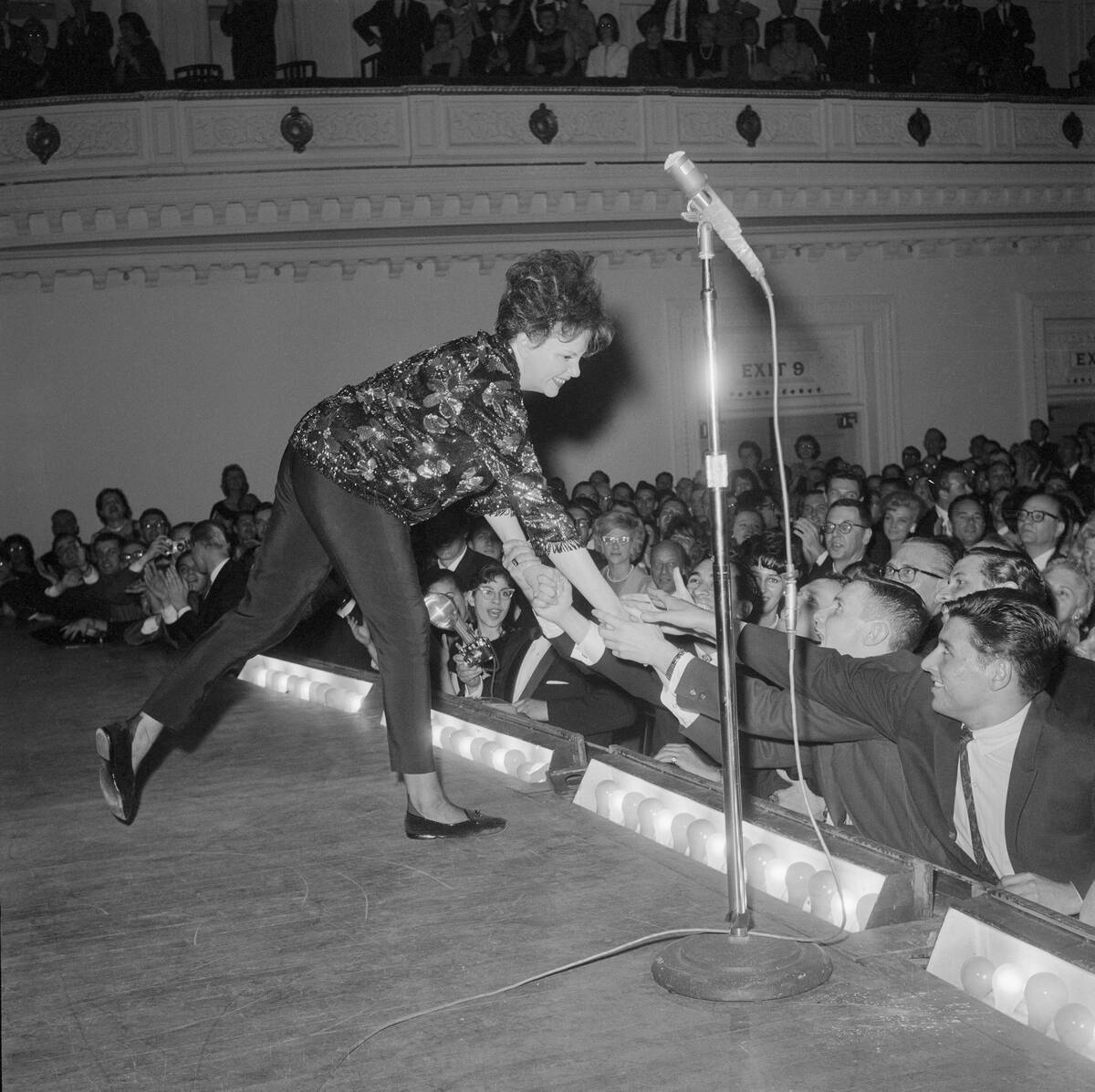
Although the short life and legendary career of Judy Garland were marred by hardship and tragedy, she nonetheless found a truly jubilant and rewarding moment on April 23, 1961. That’s because this was the night of her incredibly successful comeback concert at Carnegie Hall.
The performance is considered an all-time classic and the live recording remains a strongly critically acclaimed album, but it’s importance to Garland was clear as the intimacy we can see in this photo showed her and everyone else how passionately her fans appreciated her. Her daughter Liza was also in attendance and was close enough that Garland could kiss her from the stage.
The Blunder That Only Made Fidel Castro Stronger
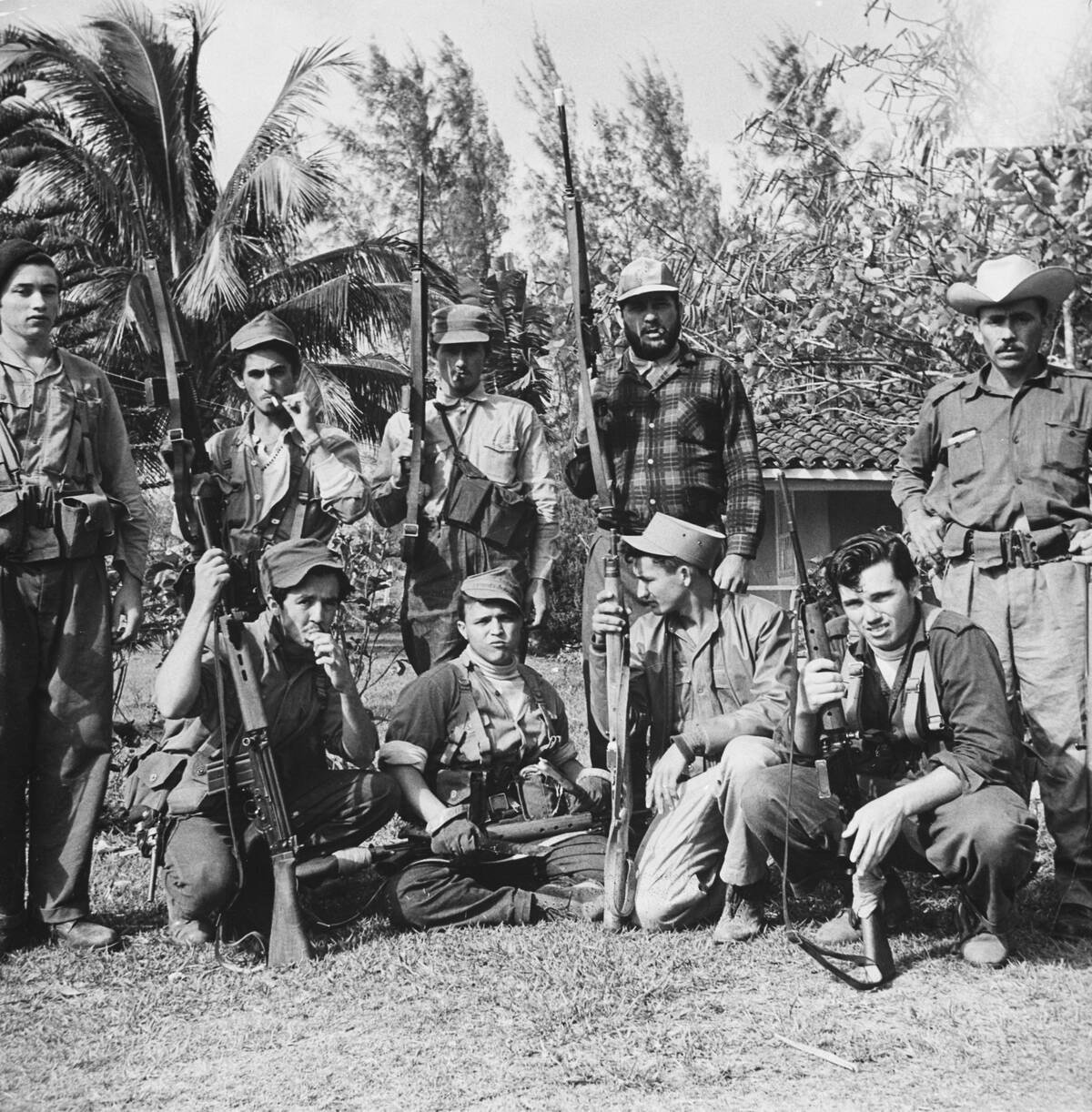
On April 17, 1961, 1,500 Cuban exiles who opposed Fidel Castro’s regime attempted to stage a coup and overthrow Cuba’s communist regime from an insertion point at the shores of the Bay of Pigs. Although they were backed by the C.I.A. and the U.S. government at large, the resulting invasion couldn’t have gone worse.
Due to failures in planning and coordination between the parties involved, the invasion attempt was quashed in just two days by the Cuban military and pro-Castro militia groups like the one shown here. The incident would only strengthen the Cuban public’s perception of Castro and prove one of America’s biggest international embarrassments.
This Man Is The Reason We Understand Our Genes At All
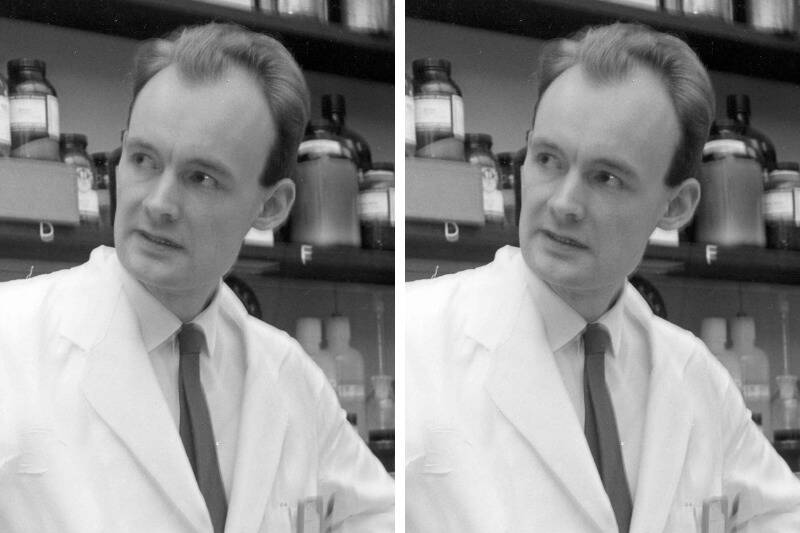
Although the human genome was fully mapped by future scientists by 2003, it’s unlikely that the possibility would have arisen for them if not for the work of Johannes Heinrich Matthaei.
Together with Marshall Nirenberg, Matthaei underwent the Poly-U-Experiment starting on May 15, 1961. This is considered the birthdate of modern genetics, as once this project was completed, Matthaei would be the first person to recognize and decipher genetic codes. Although Nirenberg and others would later win the 1968 Nobel Prize in Physiology or Medicine for building on this work, Matthaei was excluded from the prize for unclear reasons.
Baseball History Is Made At One Of Its Most Iconic Parks
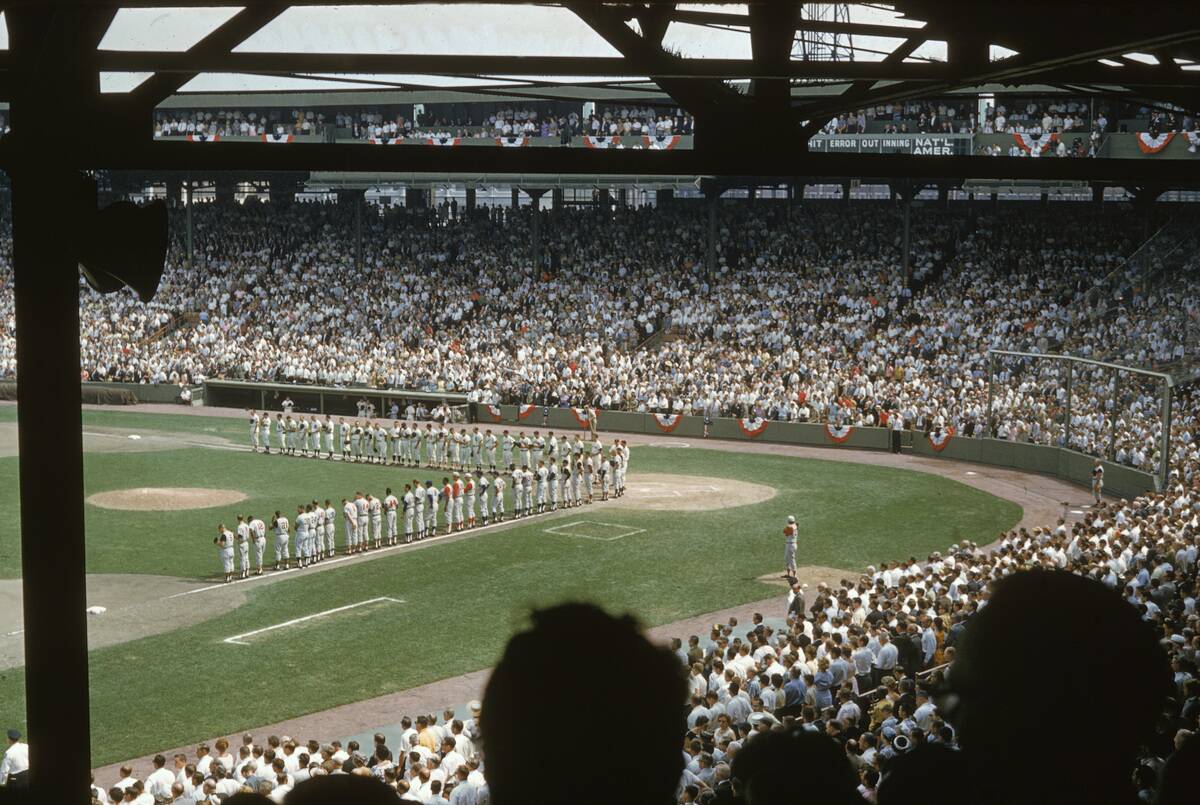
The 1961 MLB All-Star Game took place at Boston’s Fenway Park snd while it’s always an exhibition pitting the best of the American League against the best of the National League, that year apparently featured an incredible abundance of talent. Indeed, the leagues had never been more evenly matched in the sport’s history.
That’s because July 31, 1961, marked the very first time that an All-Star Game ended in a tie. Yet, rather than a 22-inning marathon, this was actually a landmark pitcher’s duel, with Camilo Pascual and Jim Bunning pitching three shut-out innings each and other pitchers like Sandy Koufax and Stu Miller also not allowing any runs. Only Rocky Colavito and Mickey Mantle scored from either side and the game was called in the ninth inning due to rain. There wouldn’t be another All-Star Game tie until 2002.
A Symbol Of Oppression And Division Rears Its Head

Although Germany had already been divided into the pro-NATO West Germany and communist East Germany by 1961, the Soviet Union grew extreme in their measures to enforce that boundary during the Berlin Crisis that started unfolding on August 13.
That was the day construction began on the Berlin Wall, which divided the German capital with as hard a line as could have existed. Although some East German residents found ways through and under the wall, they faced the risk of death for doing so. The wall’s restrictions would be enforced until November 9, 1989.
Disaster Strikes At The F1 Italian Grand Prix
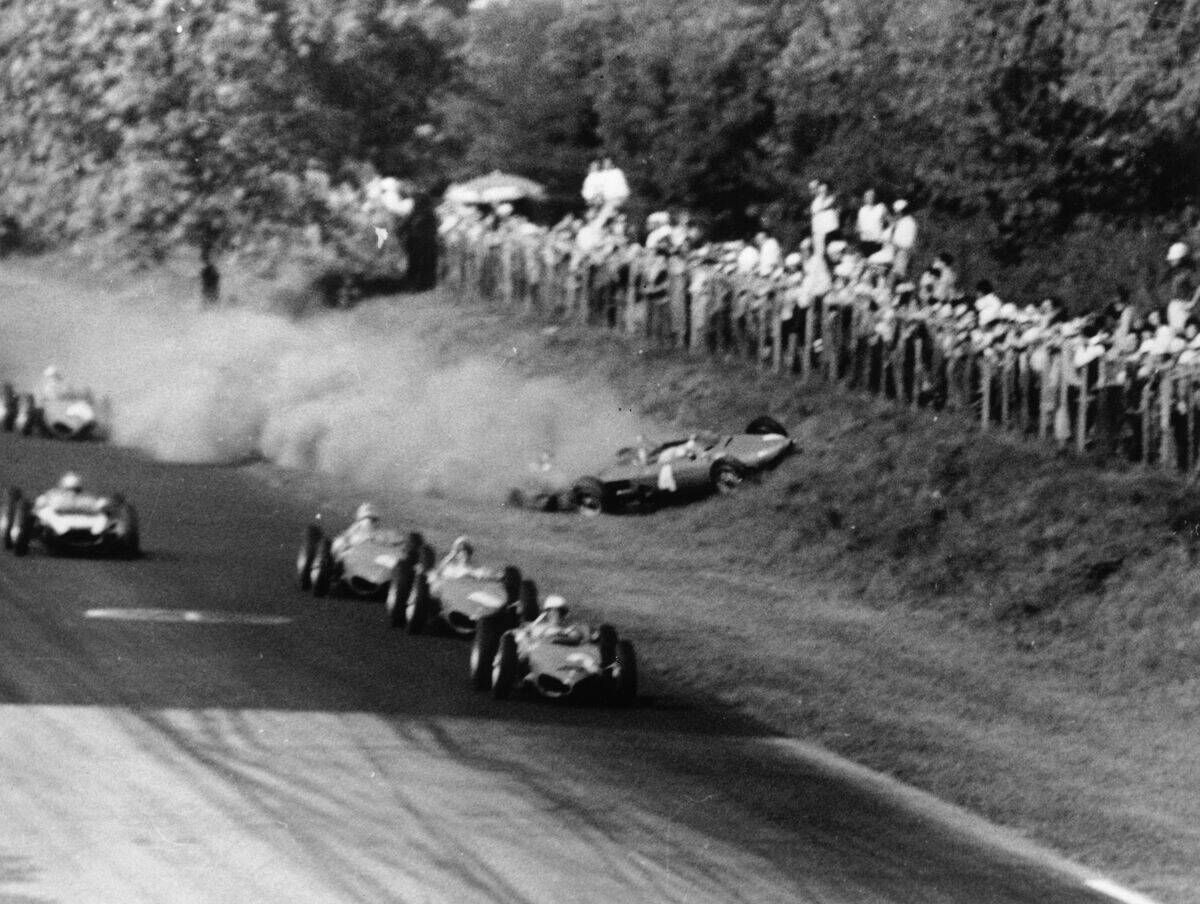
Although multiple F1 Grand Prix events occurred in 1961, the most infamous of them took place on Italy’s Monza Circuit on September 10. Although the race would see its completion and American driver Phil Hill would emerge victorious, it’s likely that he saw little reason to celebrate.
That was because his Ferrari teammate and posthumous runner-up Wolfgang von Trips crashed through a fence line after colliding with Lotus driver Jim Clark’s car. Trips would pass away en route to a hospital and at least 14 spectators would also lose their lives. The incident remains the worst disaster in Formula One history.
A Cultural Juggernaut Emerges
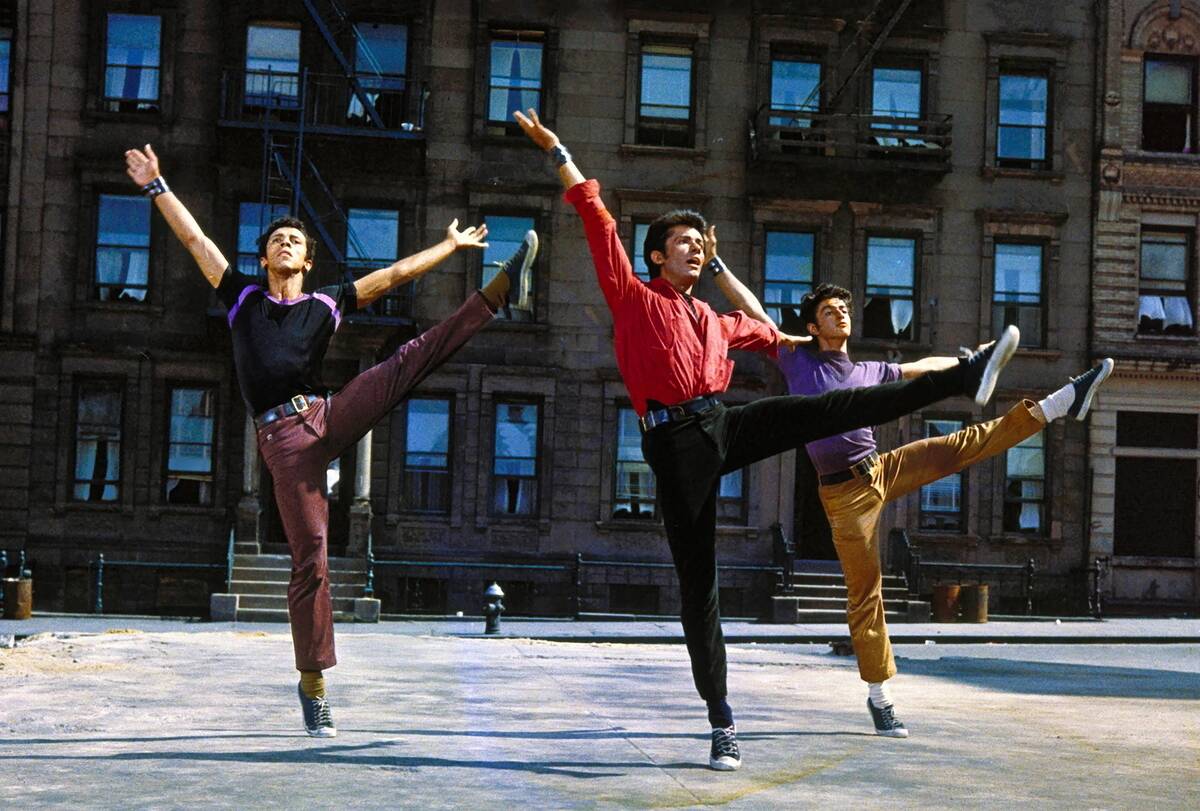
One of the biggest and most acclaimed films of 1961 saw Leonard Bernstein and Stephen Sondheim’s ambitious, street-wise musical adaptation of Romeo and Juliet brought to the big screen. West Side Story starred Richard Beymer as Tony, an associate of the Jets street gang who falls in love with Natalie Wood’s Maria, the sister of the rival Sharks gang’s leader.
Not only did the film gross $44.1 million (the equivalent of about $459 million today) but West Side Story would go on to win a staggering ten Academy Awards, including one for Best Picture.
The Soviet Union Produces The World’s Biggest Blast
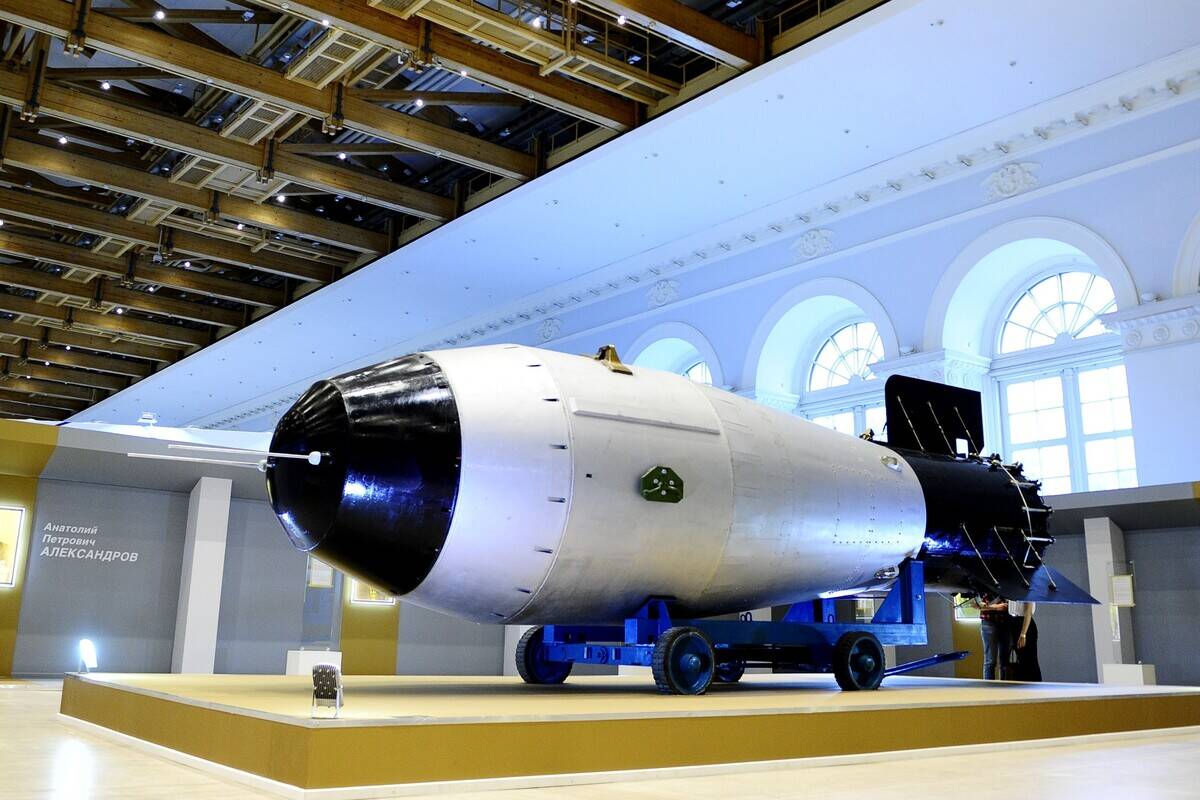
Although this is a replica that now sits in a Moscow museum, it matches the Soviet hydrogen explosive known as Tsar Bomba that set a still-unbroken record for the largest explosion ever produced by humankind.
On October 30, 1961, Tsar Bomba was detonated over the northern Russian archipelago named Novaya Zemlya. Although the hydrogen explosion was considered “cleaner” in terms of radioactive contamination than earlier nuclear weapons, the presence of uranium was still significant enough than even in 2015, Novaya Zemlya was 65–130 times more radioactive than surrounding areas. Tsar Bomba’s yield would end up totaling 58 megatons.
An Ill-Fated Ban On Folk Music Sparks The Beatnik Riot
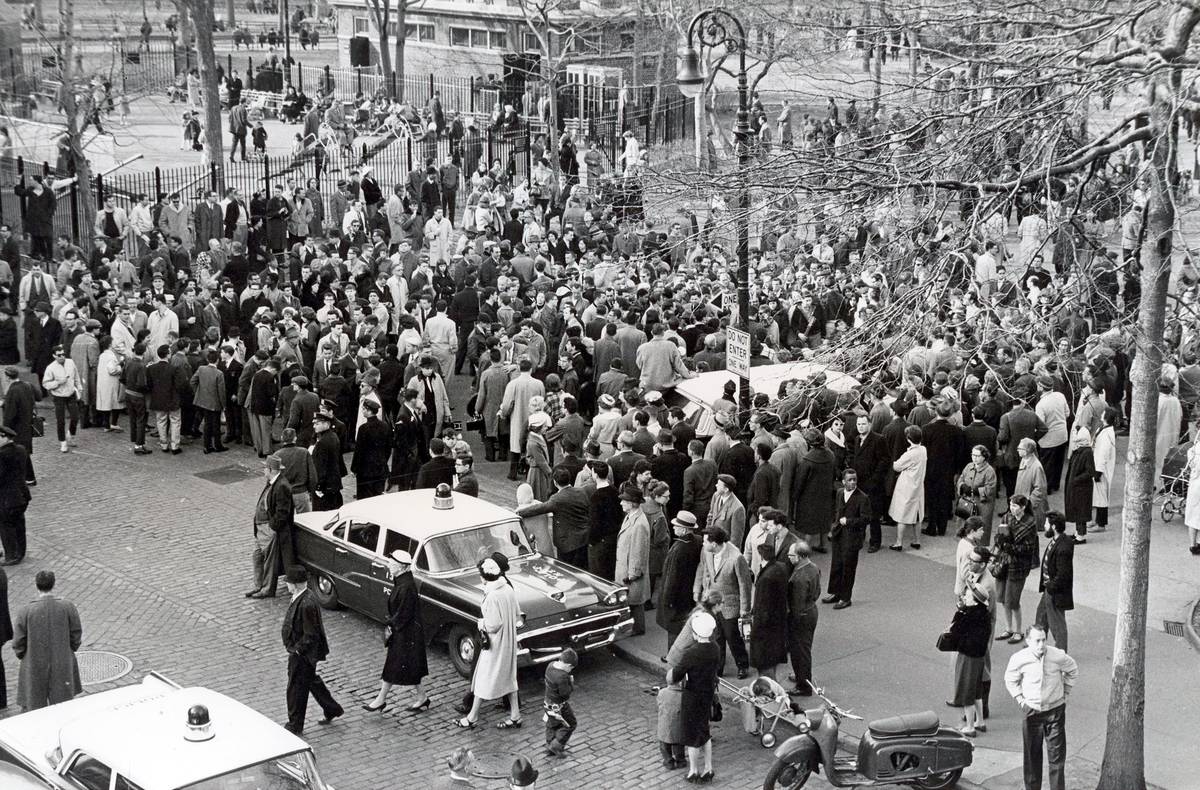
According to NPR, folk musicians made a regular habit of playing their music at New York City’s Washington Square Park until they suddenly found themselves ejected on April 9, 1961. As they discovered, this was due to Park Commissioner Newbold Morris enacting a ban on folk music in the city’s parks, apparently under the belief that the music brought “degeneracy.”
This measure was so abhorrent and baffling to the beatniks that 3,000 of them would end up protesting the ban in the park, which resulted in a chaotic clash with police. Clearly realizing that it only made the streets less safe for a nebulous purpose, city authorities rescinded the ban and never fully explained why it was enacted in the first place.



